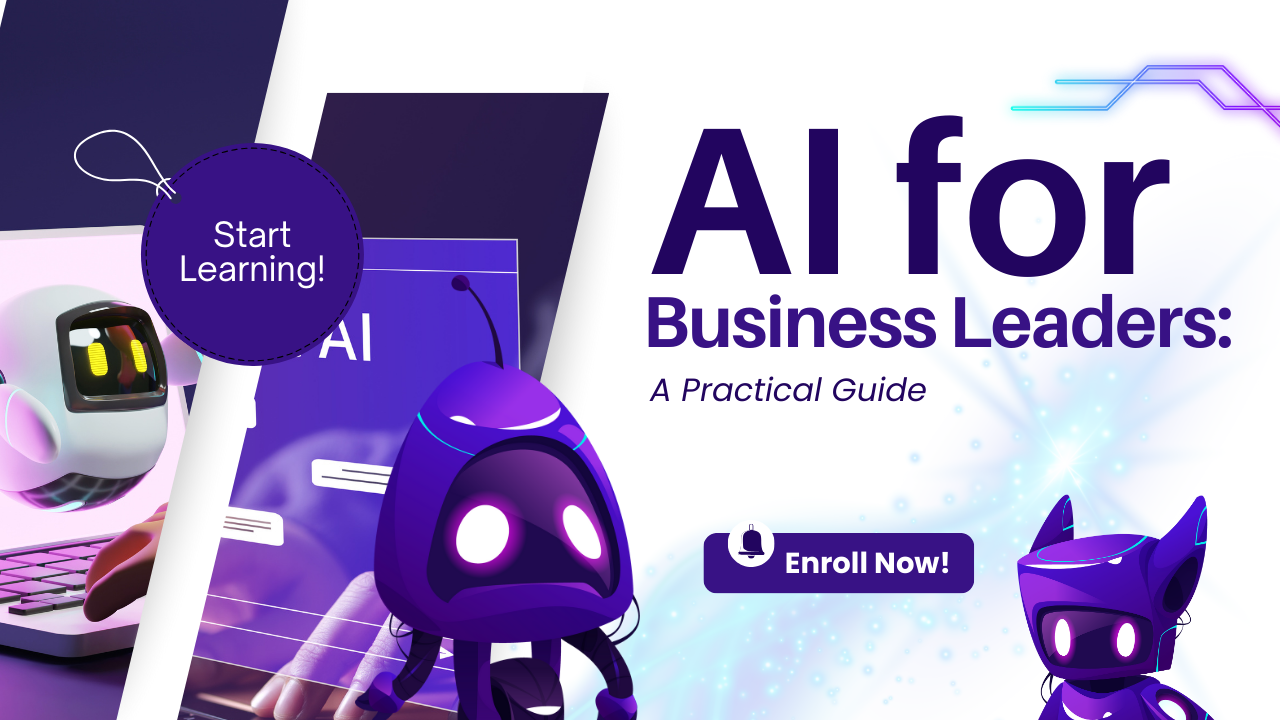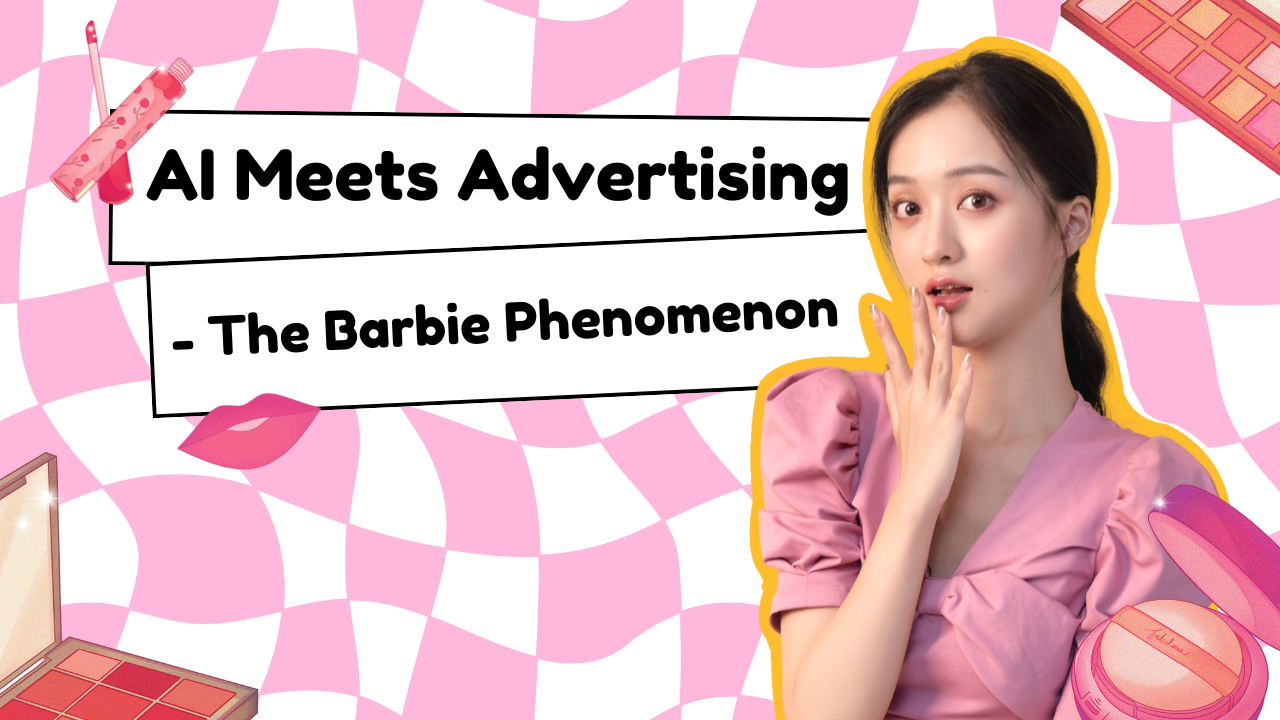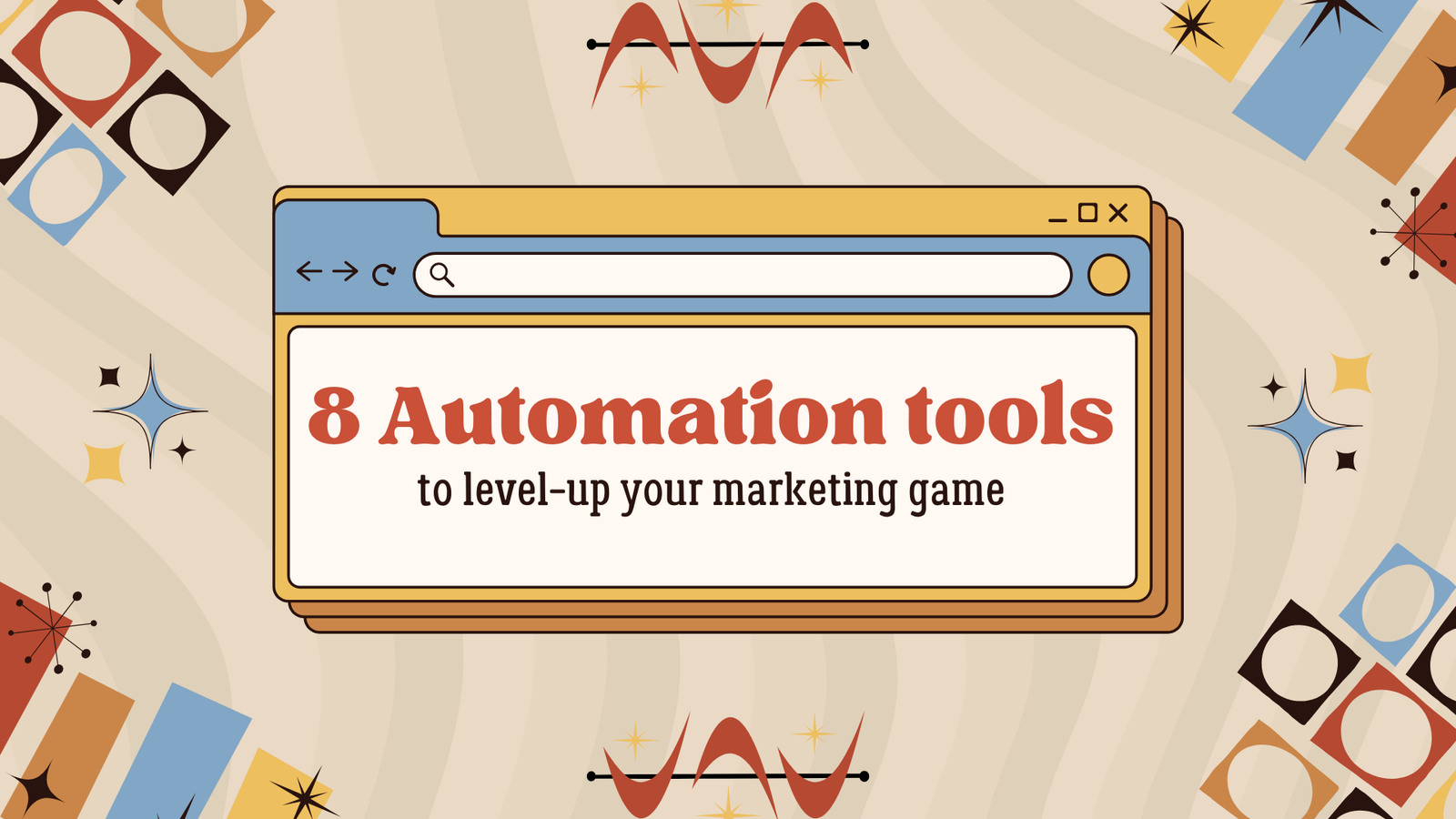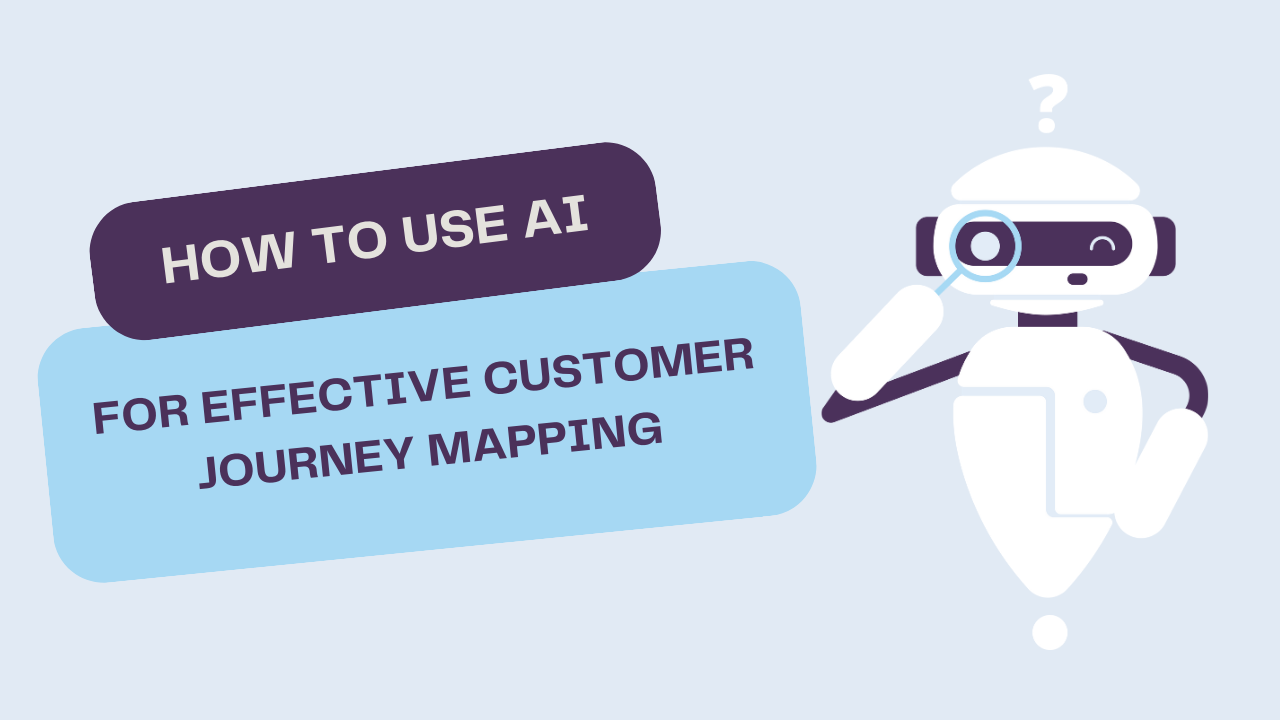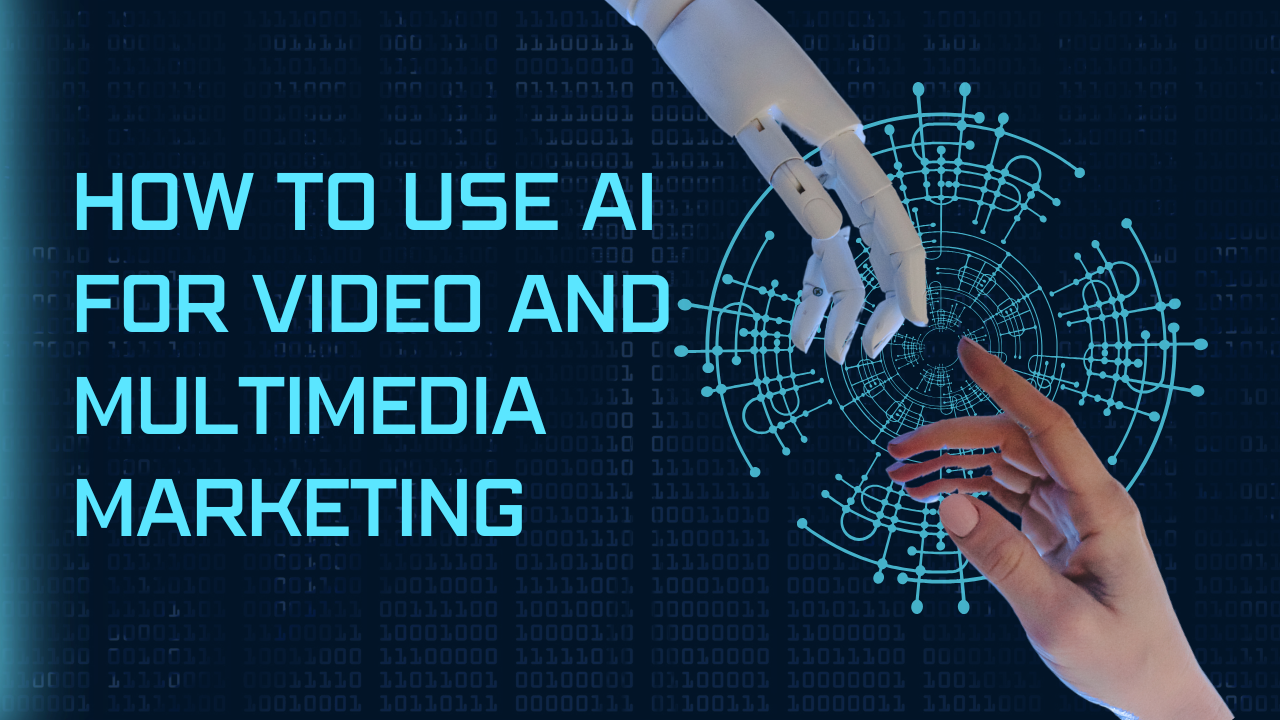When Warner Bros. launched the Barbie movie marketing campaign, it didn’t just market a film; it revolutionized digital marketing. With vibrant, AI-driven promotions that spanned platforms, it became an example of how traditional creativity, amplified by AI, can redefine a brand’s reach and cultural impact. For those of us in marketing, it wasn’t only impressive; it was transformative. It showed us how AI and creativity can blend to form unforgettable campaigns. Inspired by this, I developed what I call the Spectrum Method—an AI-driven approach to creating ad campaigns that maximize engagement, optimize budgets, and drive impact.
In this guide, we’ll break down the Spectrum Method, exploring how AI can tackle common marketing challenges, using the Barbie campaign as a case study. We’ll then apply this approach through an example campaign for a sustainable brand, “EcoFlex Athletics,” to illustrate how each phase can help marketers leverage AI effectively.
The Digital Marketing Challenges AI Solves
Launching a successful campaign in today’s digital landscape involves overcoming several challenges, each amplified by the sheer volume of content and the limited attention of audiences. The Barbie campaign faced these obstacles head-on, and their use of AI allowed them to scale and optimize in ways previously unimaginable. Here are some of the most pressing challenges modern marketers face:
1. Content Saturation
- Over 720,000 hours of content uploaded to YouTube daily
- 95 million photos and videos shared on Instagram every day
- Average person exposed to 4,000-10,000 ads daily
- Social media platforms introducing new content formats weekly
- Increasing competition for organic reach
- Rising costs of paid promotion
- Content fatigue among target audiences
2. Attention Fragmentation
- Average attention span decreased to 8 seconds
- Users switch between devices 21 times per hour
- Multiple platforms competing for user engagement
- Rise of short-form video content
- Simultaneous media consumption habits
- Platform-specific content requirements
- Varied engagement patterns across demographics
3. Personalization Demands
- 71% of consumers expect personalized experiences
- 76% get frustrated when personalization is lacking
- Need for real-time content adaptation
- Geographic customization requirements
- Cultural sensitivity considerations
- Language localization needs
- Device-specific optimization
4. Cross-Platform Consistency
- Managing unified brand voice across platforms
- Maintaining visual consistency while adapting to platform requirements
- Coordinating timing and messaging across channels
- Ensuring consistent customer experience
- Managing multiple content versions
- Tracking performance across platforms
- Maintaining brand guidelines at scale
5. Real-Time Optimization
- Need for instant campaign adjustments
- Processing vast amounts of performance data
- Balancing automation with human oversight
- Managing real-time bidding
- Responding to competitor activities
- Adapting to market changes
- Implementing A/B testing at scale
6. Budget Efficiency
- Rising customer acquisition costs
- Increasing platform advertising costs
- Need for precise targeting and spend optimization
- ROI measurement challenges
- Attribution modeling complexity
- Resource allocation decisions
- Performance forecasting requirements
The Spectrum Method for AI-Driven Campaigns
To tackle these challenges, I developed the Spectrum Method, a multi-phase AI-powered approach designed to enhance every stage of an ad campaign. This framework ensures that AI tools are used strategically, amplifying impact without sacrificing the creativity that makes campaigns memorable.
Example: EcoFlex Athletics Campaign
Let’s apply the Spectrum Method to an ad campaign for EcoFlex Athletics, a sustainable workout wear brand. We’ll explore how each phase helps navigate key challenges, illustrating practical, actionable ways to use AI effectively.
Phase 1: AI-Powered Research and Analysis
Goal: Cut through content saturation and capture fragmented attention by identifying and leveraging precise engagement opportunities. This phase ensures you understand your audience and market at a granular level.
Implementation:
- Cross-Platform Analysis with Adobe Sensei
Adobe Sensei leverages historical data to provide insights into peak engagement times, content performance, and user behavior across platforms.
Here’s a breakdown of how we’d use it for EcoFlex Athletics:
- Data Import
Import data from industry reports, competitor metrics, social analytics, and past campaigns. - Analysis Setup
Define metrics such as engagement tracking, reporting parameters, and baseline KPIs. - Results
Insights reveal peak engagement times (e.g., weekdays from 6-8 AM and 4-6 PM, weekends from 8-10 AM) and preferred content types (e.g., sustainability content garners 1.9x more engagement).
- Audience Insights with IBM Watson
IBM Watson provides detailed segmentation based on demographics, purchase history, and social behavior. By segmenting the audience into categories like Eco-Athletes, Performance Users, and Style Advocates, we gain insights that enable targeted, resonant messaging.
- Audience Segmentation
EcoFlex’s primary segments include Eco-Athletes (40%), who prioritize sustainability; Performance Users (35%), focused on durability; and Style Advocates (25%), drawn to design.
- Audience Segmentation
Phase 2: Creative Development with AI
Goal: Address personalization and consistency challenges by using AI-driven tools to produce and refine content that resonates across platforms.

Implementation:
- Visual Content Creation with DALL-E 2
DALL-E 2, an AI image generator, can create high-quality visuals that align with brand aesthetics. For EcoFlex Athletics, DALL-E can produce both product shots and lifestyle images, reducing the need for expensive, time-consuming photo shoots.
- Product Shots
Prompt: “Eco-friendly athletic wear in earth tones, minimalist studio setting, high-end fashion photography style.”
- Product Shots

- Lifestyle Images
Prompt: “Diverse group workout scene, natural lighting, sustainable gym environment, wearing eco-friendly activewear.”

By generating 20 variations and narrowing down to the top 5 for A/B testing, we ensure our visual assets are both captivating and aligned with audience preferences.
- Ad Copy Generation with Jasper.ai
Jasper.ai helps generate customized ad copy tailored to different formats, platforms, and audience segments. With Jasper, EcoFlex can create copy that communicates sustainability, style, and performance across multiple touchpoints.
- Instagram Stories
Short, impactful messages like “🌱 Your workout, our planet’s future” effectively highlight the sustainability factor. - Facebook Ads and YouTube Scripts
For longer platforms like Facebook and YouTube, Jasper can craft engaging narratives that cover brand values, customer testimonials, and product benefits.
- Instagram Stories
Phase 3: Campaign Execution and Optimization
Goal: Improve real-time optimization and budget efficiency by using AI to manage and adjust campaigns as they progress, ensuring high performance and minimal waste.
Implementation:
- Campaign Setup with Meta’s Advantage+
Advantage+ helps EcoFlex manage budgets, allocate resources, and adjust targeting dynamically across platforms. For this campaign, budget distribution would prioritize Instagram (40%) and Facebook (30%), with the remainder on YouTube.
- Targeting Segments
Yoga Segment: Includes users with interests in wellness, primarily urban-based, aged 25-45.
CrossFit Segment: Targets younger, fitness-focused audiences with CrossFit or HIIT interests.
- Targeting Segments
- Real-Time Optimization with Google Marketing Platform
Using Google’s tools, we can track conversions, set bid adjustments, and manage real-time bidding to meet a target ROAS of 300%. By setting automated rules for budget reallocation based on performance metrics, EcoFlex’s campaign can remain agile, adapting to changes in market conditions, competitor activity, and user behavior.
Real-World Implementation Guide
Week-by-Week Action Plan
- Week 1-2: Foundation
Set up AI platforms, import data, define KPIs, and prepare visual and copy assets.

- Week 3-4: Launch and Testing
Deploy a soft launch to 20% of the target audience, conduct A/B testing on creatives, monitor early performance, and make adjustments.

- Week 5-12: Scale and Optimize
Gradually increase reach and budget, implement full-scale automation, and refresh creative elements based on performance data.
Best Practices and Key Learnings
- AI Integration
Begin with core features, train team members, and schedule regular performance reviews.
- Content Strategy
Maintain a consistent brand voice, test multiple variations, and adapt to audience feedback.
- Budget Management
Set clear ROAS goals, monitor spending efficiency, and keep a reserve for unexpected opportunities.

Troubleshooting Common Issues
1. Performance Issues
> Problem: Low engagement rates
> Solution:
– Review targeting parameters
– Check creative relevance
– Analyze timing patterns
– Adjust bid strategies
> Problem: High costs
> Solution:
– Audit audience overlap
– Optimize bid strategies
– Review placement performance
– Adjust creative rotation
2. Creative Challenges
> Problem: Inconsistent brand voice
> Solution:
– Update AI parameters
– Review brand guidelines
– Implement approval workflow
– Train AI on brand examples
> Problem: Poor visual quality
> Solution:
– Refine DALL-E prompts
– Increase generation samples
– Implement quality checks
– Use human enhancement
Measuring Success
Tracking key performance indicators (KPIs) like Return on Ad Spend (ROAS), Cost Per Acquisition (CPA), engagement rates, and brand sentiment is crucial for a successful AI-driven marketing strategy. These metrics provide insight into what’s working and what needs improvement, allowing teams to continuously optimize their campaigns.
- Return on Ad Spend (ROAS): This measures how much revenue is generated for every dollar spent on advertising. High ROAS indicates effective targeting and ad performance, while low ROAS signals the need for adjustments in ad placement, audience, or creative elements.
- Cost Per Acquisition (CPA): CPA reveals the cost involved in acquiring a new customer. A lower CPA means more efficient spending, which can guide budget allocation to high-performing channels.
- Engagement Rates: This metric reflects how audiences interact with content. High engagement—likes, shares, comments—suggests strong resonance and relevance of the message, while low engagement indicates a need for more compelling or targeted content.
- Brand Sentiment: Analyzing brand sentiment reveals how the audience perceives the brand emotionally. Positive sentiment implies that the brand’s messaging resonates well, while negative sentiment suggests adjustments are needed to align with customer expectations and values.
By tracking these metrics, marketers can fine-tune campaigns, maximizing reach and impact while minimizing costs.
Future Outlook
The recent success of the Barbie campaign has showcased the transformative potential of AI in marketing. As AI tools continue to advance, marketers can anticipate a future marked by deeper insights, increased efficiencies, and more engaging, personalized campaigns. Here’s a look at some developments expected:
- Sophisticated Personalization: AI will allow for even greater customization of marketing messages, dynamically adjusting content to fit individual consumer preferences, behaviors, and demographics. The result? More relevant ads that resonate deeply with each person.
- Enhanced Creative Automation: AI-driven tools are already automating creative tasks like ad design, video production, and copywriting. Future advancements will allow for the automation of even more complex creative processes, enabling faster turnaround times and cost savings.
- Improved Predictive Analytics: By analyzing vast amounts of historical data, AI can forecast trends and consumer behaviors more accurately. This will allow marketers to make proactive decisions, staying ahead of consumer expectations.
- Cross-Channel Integration: AI is making it easier to coordinate campaigns across multiple platforms, ensuring consistent messaging and brand identity. Advanced integration will enable seamless transitions for customers moving between digital and physical channels, enhancing overall brand experience.
These developments will empower marketers to create campaigns that not only drive results but also foster stronger connections with their audiences.
Next Steps for Marketers
Immediate Actions: For marketers looking to leverage AI, here are some practical steps to get started:
- Audit Current Tools: Review existing marketing tools to assess their AI capabilities. This helps identify any gaps where AI-driven tools might add value.
- Identify AI Opportunities: Pinpoint areas where AI can streamline tasks, enhance insights, or improve audience targeting. Whether it’s for content creation, customer segmentation, or performance analytics, AI presents a range of opportunities.
- Plan a Pilot Program: Start small by implementing AI in a specific campaign or initiative. A pilot program will allow you to test the effectiveness of AI tools on a manageable scale before full integration.
- Set Success Metrics: Define clear KPIs that will measure the success of your pilot. This helps ensure you’re tracking the right outcomes, enabling you to adjust your approach based on data-driven insights.
Long-term Strategy: As AI becomes a mainstay in marketing, consider these steps to build and scale AI capabilities:
- Build AI Capabilities: Invest in acquiring or developing AI tools and platforms that fit your brand’s needs. Working with a mix of in-house AI solutions and third-party tools can provide flexibility and comprehensive coverage.
- Train Team Members: AI requires specialized skills. Training your team in data analysis, machine learning, and AI-driven marketing techniques is essential to maximize the technology’s potential.
- Develop Processes: Implement standardized processes for AI utilization within campaigns. This includes how data is collected, analyzed, and acted upon to ensure that AI efforts are consistent, measurable, and efficient.
- Scale Successful Tactics: As you experiment with different AI-driven approaches, replicate and scale the tactics that work. This allows for continuous improvement and refinement of your AI strategy, ensuring you stay adaptable and responsive to new trends.
Conclusion
The Barbie campaign’s success has illustrated that AI-powered marketing is about more than just automation; it’s about building genuine connections at scale. By applying AI intelligently, marketers can harness a data-driven approach while preserving the human creativity that makes campaigns memorable and impactful.
Through a structured approach like the Spectrum Approach—which blends human ingenuity with AI-powered insights—brands can create marketing strategies that not only drive measurable metrics but also build meaningful customer relationships.
The future of marketing lies in the thoughtful integration of AI tools with human creativity. Learning from pioneering campaigns, like Barbie’s, marketers can develop campaigns that resonate deeply with audiences. Remember, the most impactful AI-driven campaigns don’t just yield numbers—they create memorable, engaging moments for audiences.
Starting small, testing thoroughly, and scaling successful strategies are key steps. With AI’s support, your next innovative, high-impact campaign might just be a few creative prompts away.

